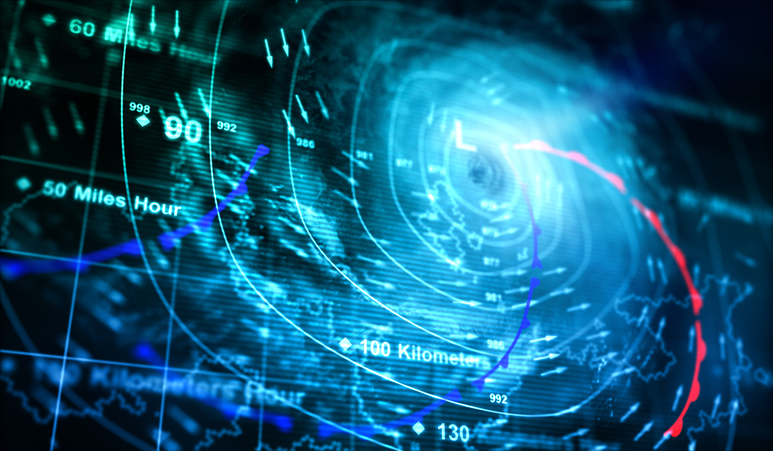As if 2020 weren’t already one for the history books, this year’s hurricane season is setting records before we’ve even reached the peak.
This is the first year on record in which there have been nine named storms before the first of August. Additionally, this is the sixth season in a row in which tropical storms formed prior to the official start of hurricane season.
On the whole, the season is predicted to be a big one. Where a typical season usually has around 12 named storms, predictions by various agencies put this one at between 13 and 19, of which up to 10 will be hurricanes and 6 will be major category 3-5 hurricanes.
Here’s why those numbers are so high, and what to do about it.
1. Ocean surface temperatures remain well above average
For the past several years, ocean surface temperatures have been high. High ocean temperatures fuel hurricanes. Due to global warming, it’s likely that ocean surface temperatures will continue to remain high, and probably grow even higher.
2. No El Nino this year
El Nino is a weather condition that typically suppresses hurricanes. Not only are officials not expecting El Nino conditions this year, it’s likely we may see its opposite, La Nina. La Nina causes warm water to blow into the Atlantic, further heating up surface temperatures and feeding hurricanes.
3. Active West African monsoon season
When West Africa sees a busy monsoon season, the Atlantic coast of the US tends to see a bigger hurricane season. A heavy monsoon season leaves Africa as tropical waves, which contribute to larger hurricanes moving long distances across the ocean.
4. Ongoing pandemic will complicate disaster response
Even under the best of circumstances, hurricane season can be disruptive. A highly active hurricane season can cause major destruction and loss of property and life. A season like 2020 can stretch available resources to their limits.
When you combine all of those factors with an ongoing pandemic, there is the potential for widespread devastation.
COVID19 will complicate response and safety in a variety of ways. Disaster teams may have trouble maintaining safety protocols while responding. Emergency shelters may be closed or have limited capacity due to social distancing requirements. Evacuation travel may be complicated by hotel and restaurant closures.
Anyone who lives, works, or owns property or a business in active hurricane areas such as most of Florida should be preparing heavily for the possibility that the 2020 season will be historically vicious. If you don’t already have a plan that accounts for COVID19 challenges and precautions, it is time to make it a priority.
Make sure your plan accounts for the safety of yourself, your family, your employees, and anyone else you are responsible for, in the event of evacuation or shelter in place. Property owners should contract NOW with a disaster response team to ensure your needs can be met in a timely manner should your property be affected.
We would love to be a part of your environmental response team this season. We maintain a full team of experts in multiple disciplines, spread across several geographic regions. This makes it possible for us to respond quickly and efficiently no matter the scale or location of the disaster. By establishing a relationship now, you can be assured that we are available for you when you need it.



